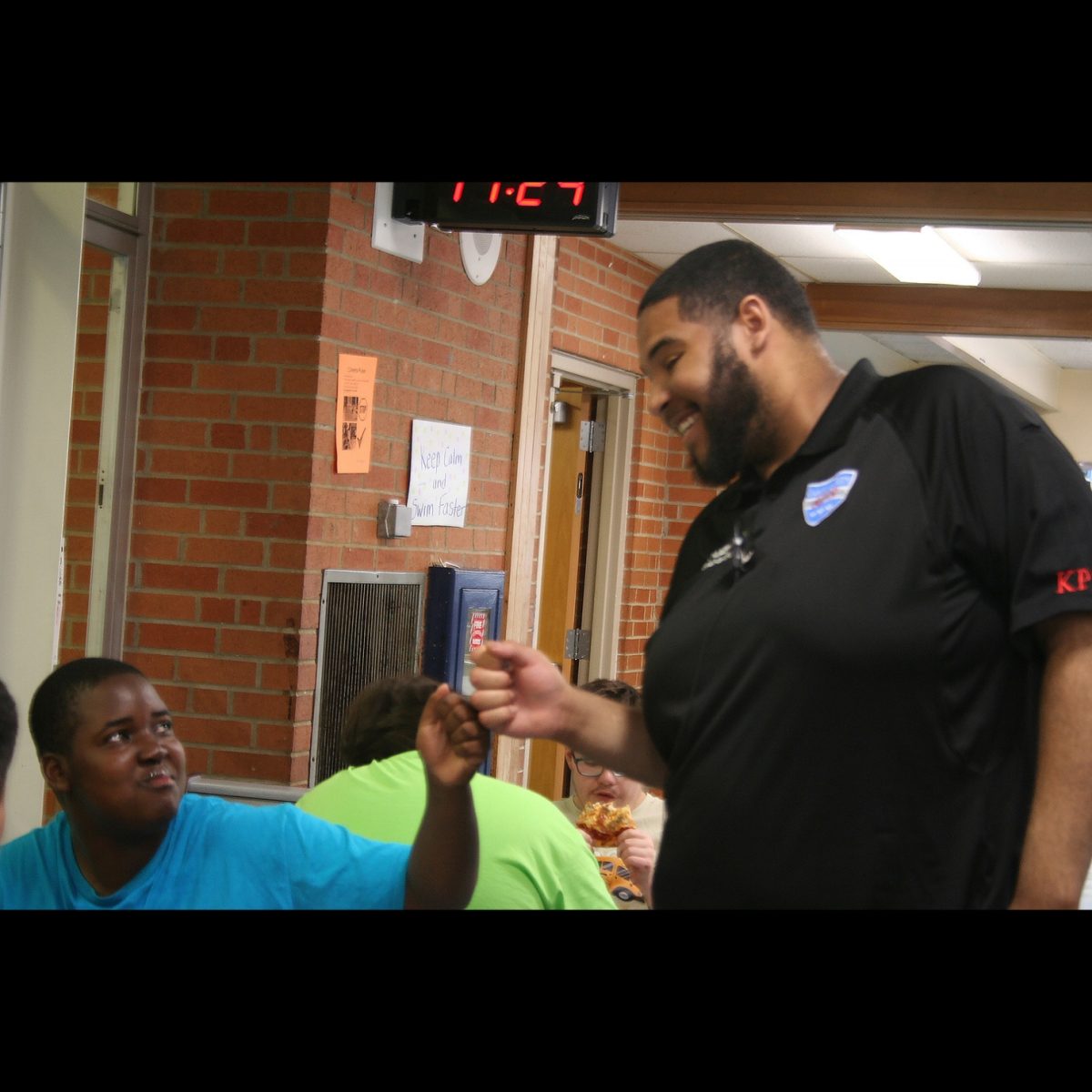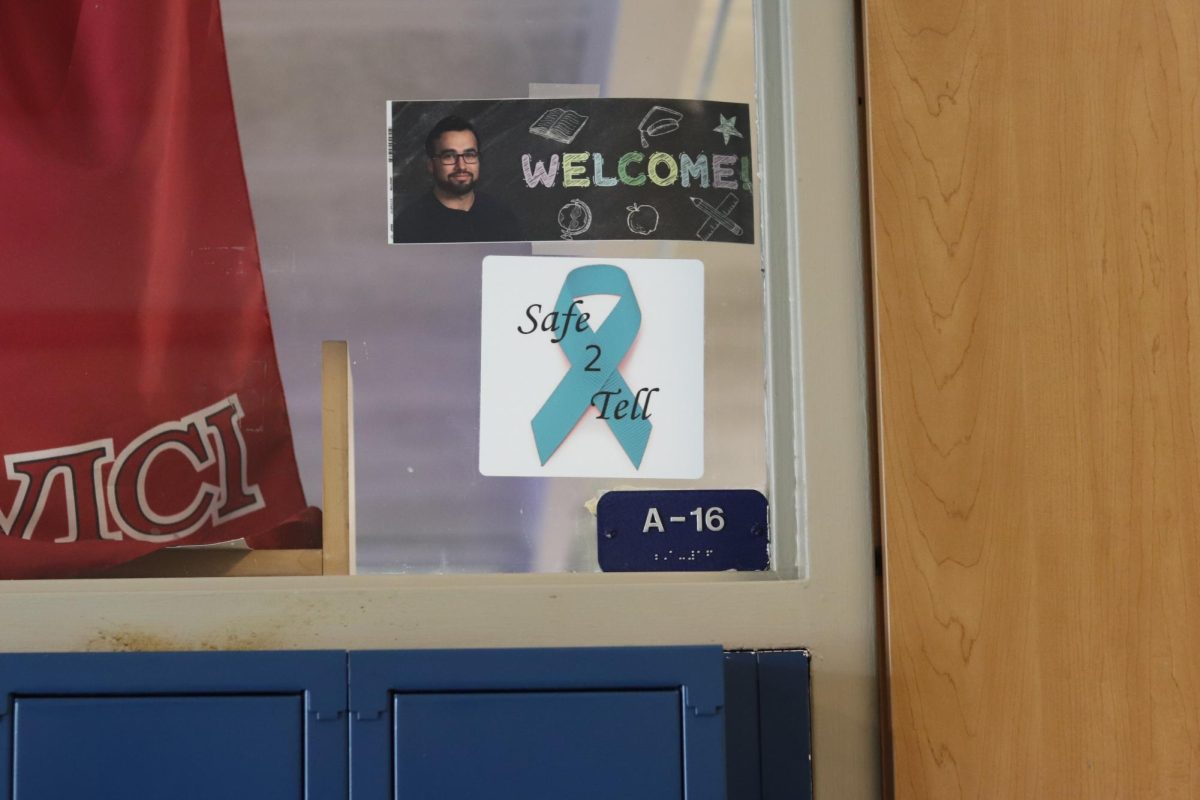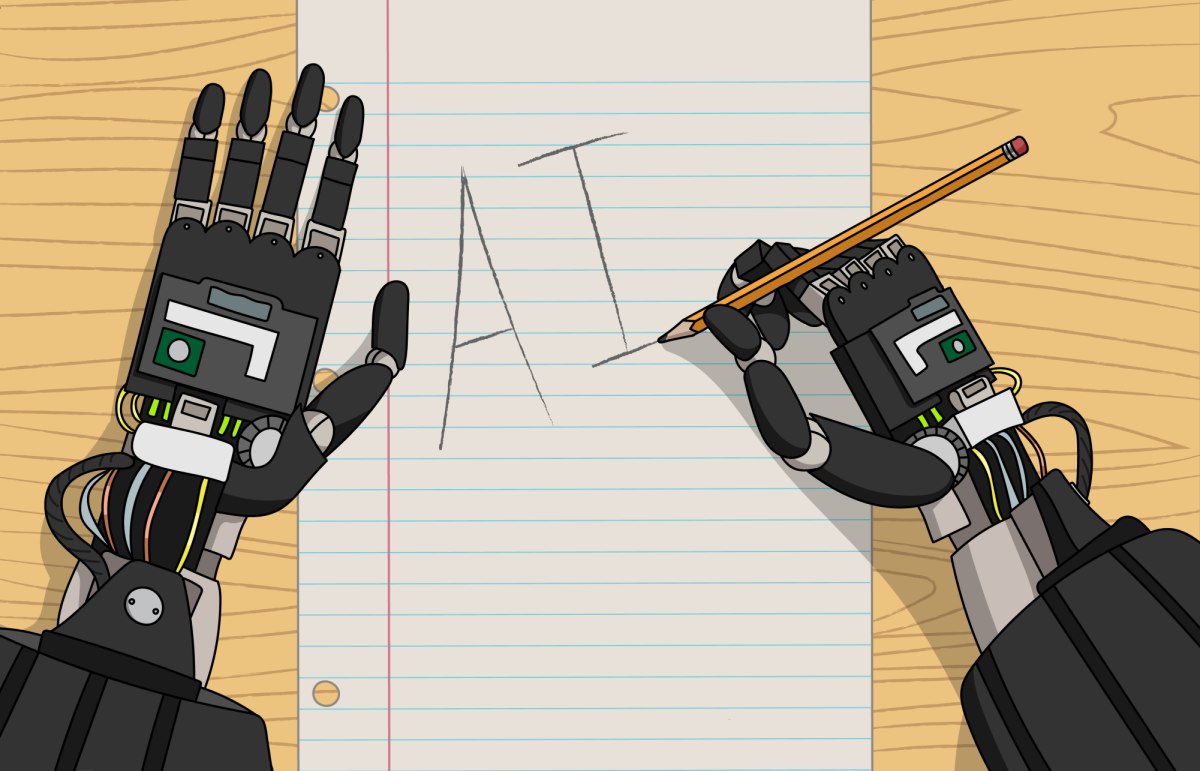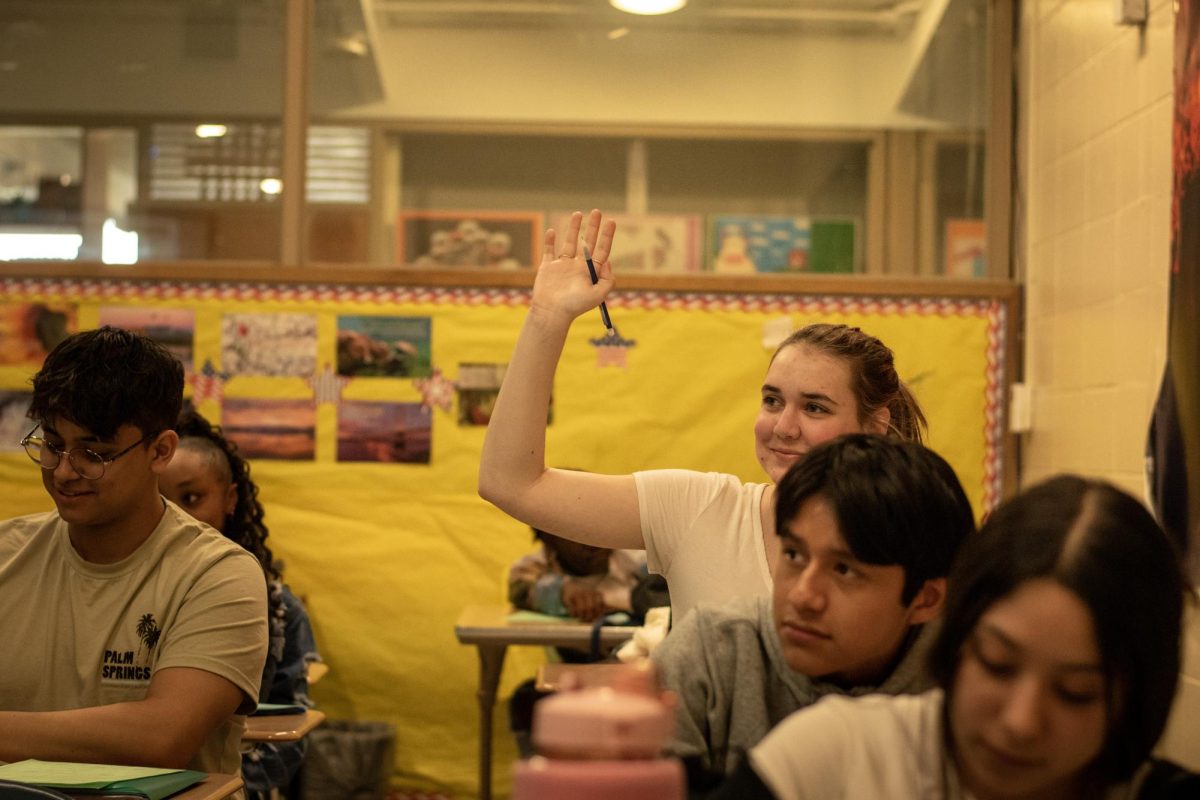By Claire Knudsen

The feeling of excitement and pride swept through Sophomore Samantha Shaffer’s body after winning the state championship and her first year on a girls ice hockey travel team.
Samantha Shaffer started playing ice hockey at 13. Shaffer has been playing ice hockey for 3 years, 2 of them being with the Lady K-Wings. As a child, Shaffer’s family supported her decision to not play hockey. They were very excited when she decided that she wanted to play hockey later in life.
“My whole family plays hockey, my mom, my dad, and my brother,” said sophomore Samantha Shaffer. “ When I was younger, I was always just kinda like, ‘no I’ll never play hockey, it’s just not for me.’ I was looking for another sport to play besides soccer so I tried volleyball and it just didn’t work out so I was kinda like, ‘okay you know what, I’ll try it.’ That’s just kinda how it started.”
In women’s hockey, they have to play a completely different sport than men because people see women as weak links and think that they will get hurt if they are allowed to do what men can in games. These assumptions are far from correct. Shaffer and many other girls around the United States feel the same inequality and lack of recognition every game.
“The lack of recognition kinda perpetuates itself almost because women aren’t being recognized and so then they don’t get as much funding as men sports,” said Shaffer, “which continues the cycle of less recognition.”
According to Forbes, “WNBA players make $71,635 on average while the average NBA salary is $6.4 million.” This further proves the point that women basketball players alone are earning an average of 5 million less dollars than men a year.
Women in sports have been facing these same problem since they were allowed to start playing professional sports in the early 1900’s. Not only are women earning far less money than men, but they are also not being able to play the same exact sports as men. Meaning that in some cases, there are more rules put against women than for them. Including “checking” in hockey.
“Boys can check and girls can’t which is frustrating because if boys are checking boys then why can’t girls check girls,” Shaffer said. “I understand its a safety thing, but it doesn’t make sense why girls can’t check each other. It seems like not fully thought-through logic.”
In hockey, checking is one of a number of defensive techniques aimed at disrupting an opponent with possession of the puck, or separating them from the puck entirely. In men’s hockey checking is allowed and rarely ever a penalty. In women’s hockey, any body checking is a penalty. Shaffer has experienced this first hand.
“When we were scrimmaging a boys team, I went to go check this guy and he checked me before I could even get to him,” said Shaffer “We both fell down, but it was almost like he had to prove himself to the girls.”
Despite being a girl in sports, Shaffer feels as if girls need to keep going in sports and not give up.
“Just go for it,” said Shaffer, “The more girls that are involved, the bigger it will grow. Work hard and don’t be discouraged if you think other people are better.”












